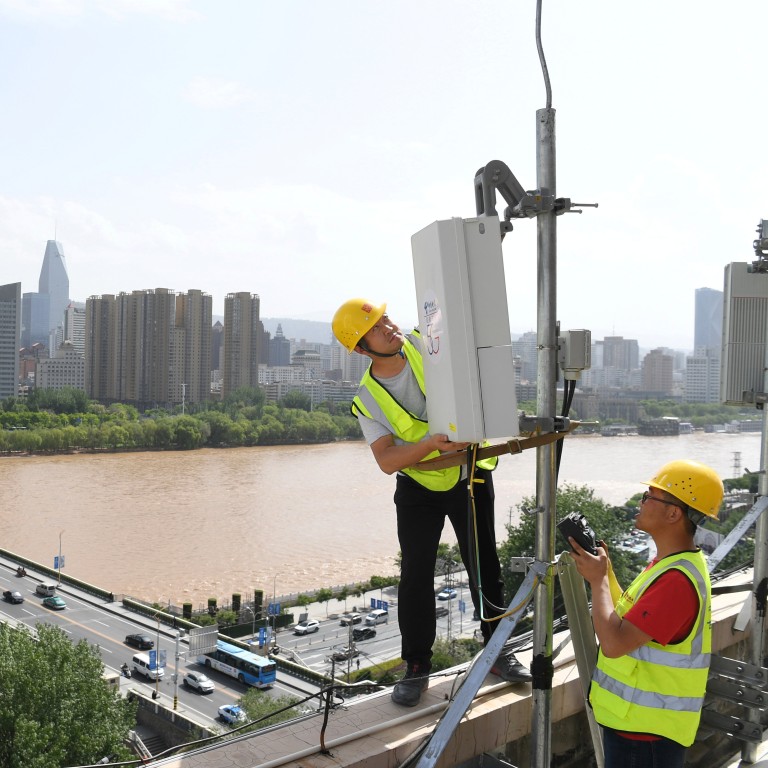
China’s SOEs posted record profits in June, but second quarter profit growth slowed substantially
- Net profits at central government-owned firms rose to 158.5 billion yuan (US$23 billion), up 8.4 per cent from a year earlier
- But the net profit growth rate slowed to 8.6 per cent in the second quarter of 2019 compared to 18.6 per cent in the first three months
Net profits at China’s state-owned enterprises hit record high of 158.5 billion yuan (US$23 billion) in June, a rise of 8.4 per cent from a year earlier, but net profit growth slowed substantially as the country’s economic growth rate slid to its lowest reading on record.
For the first of half of 2019, the operating income of central government-owned firms reached 14.5 trillion yuan (US$2.1 trillion), a year-on-year increase of 5.9 per cent, according to data released by the State-owned Assets Supervision and Administration Commission (SASAC) of the State Council on Tuesday.
Accumulated net profit for the first six months hit 703.77 billion yuan (US$102 billion), an increase of 8.6 per cent year-on-year. Of the total of 96 central government-owned firms supervised by SASAC, 34 saw their net profit rise by more than 20 per cent, while net profits at 53 increased by more than 10 per cent.
In June, state firms owned by the central government recorded a net profit of 158.49 billion yuan (US$23 billion) and a total profit of 211.78 billion yuan, the highest level on record, according to SASAC. However, the profit growth rate slowed significantly in the second quarter.
Judging from the growth rate, the net profit of state owned enterprises increased by 8.6 per cent in the first half of the year and the total profit increased by 6.7 per cent, which is indeed a slowdown from the first quarter
“Judging from the growth rate, the net profit of state owned enterprises increased by 8.6 per cent in the first half of the year and the total profit increased by 6.7 per cent, which is indeed a slowdown from the first quarter,” said SASAC spokesman Peng Huagang.
In the first quarter of 2019, the profits of central government-owned enterprises were 581.44 billion yuan (US$85 billion), a year-on-year increase of 17.9 per cent; the profits of state-owned local enterprises were 238.33 billion yuan, a year-on-year increase of 10.4 per cent, according to data from the Ministry of Finance.
SASAC said in the same month that total profit at central government-owned firms rose 13.1 per cent in the first quarter, compared to a year earlier.
Peng said that despite the slowing growth in profits, the rate of increase was within a “reasonable range” and within government expectations.
The world’s second largest economy is in the midst of a trade war with the United States, who have charged that China is engaging in unfair trade practices, including subsidies and other preferential treatment granted to state-owned firms.
Such restructurings have been ongoing for several years ... SASAC encourages such exercises
“Such restructurings have been ongoing for several years. There has been central government restructuring of local government-owned firms, there has been cooperation between central and local governments in the process, with state subsidiaries to local governments being restructured [as part of the process]”, said Peng.
“SASAC encourages such exercises, this isn’t an entirely one sided process … any capital [investor] in the market can take part in such exercises.”

